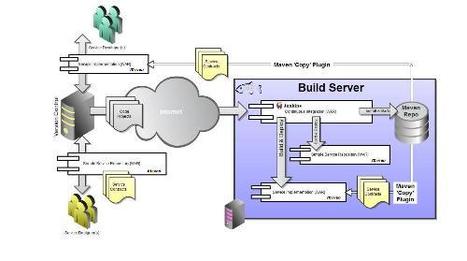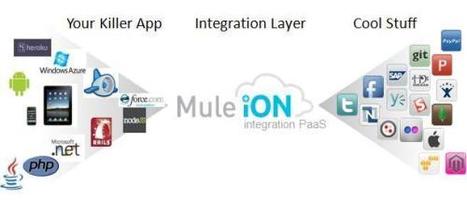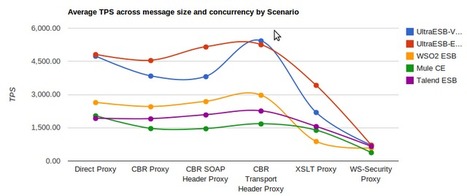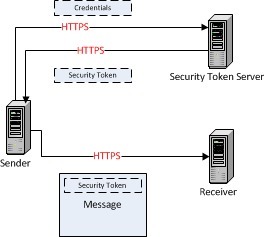In some recent blog posts, we’ve explained why we believe it’s crucial to adopt a four-tier application architecture in which applications are developed and deployed as sets of microservices. It’s becoming increasingly clear that if you keep using development processes and application architectures that worked just fine ten years ago, you simply can’t move fast enough to capture and hold the interest of mobile users who can choose from an ever-growing number of apps.
Switching to a microservices architecture creates exciting opportunities in the marketplace for companies. For system architects and developers, it promises an unprecedented level of control and speed as they deliver innovative new web experiences to customers. But at such a breathless pace, it can feel like there’s not a lot of room for error. In the real world, you can’t stop developing and deploying your apps as you retool the processes for doing so. You know that your future success depends on transitioning to a microservices architecture, but how do you actually do it?



 Your new post is loading...
Your new post is loading...












